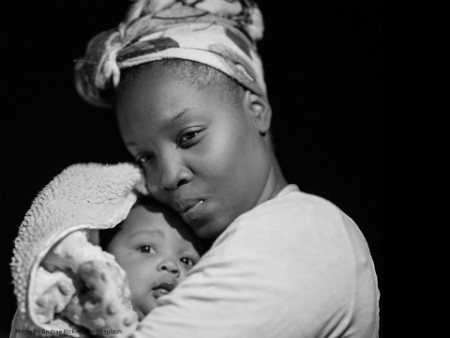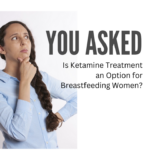Given the potential health benefits of breastfeeding on both mother and baby, the U.S. Public Health Service for Healthy People 2010 set a goal to have 75% of mothers breastfeed in the early postpartum period and 50% of mothers to continue breastfeeding to 6 months by the year 2010 (US Dept of Health and Human Services 2000). Groups of women who are less likely to breastfeed have been targeted in this effort.
It is unclear whether women with depression have breastfeeding rates that differ from the general population as the literature looking at breastfeeding rates in women with depression is contradictory. Some studies suggest that depressed women are less likely to breastfeed their infants while other studies have not found this to be true.
A recent study (Bogen 2010) attempted to address some of the limitations of earlier research by following women with major depressive disorder (MDD) prospectively through pregnancy and the postpartum. This study investigated factors associated with feeding method (breast milk or formula) in women with depression. 168 women with and without MDD were studied:
- The strongest predictor of exclusively breastfeeding was a woman’s intention to exclusively breastfeed. (Exclusive breastfeeding in this study was defined as 90% of baby’s feedings being breast milk either from the breast or expressed milk given from a bottle).
- Neither MDD nor depressive symptoms were associated with breast or formula feeding. In other words, depression did not affect women’s feeding choices.
- Women who took a serotonin reuptake inhibitor (SSRI or SNRI) during pregnancy were less likely to intend to breastfeed, either exclusively or in combination with formula
While this study did not investigate the motivation behind infant feeding choices in these mothers, one wonders if concerns about breastfeeding while taking antidepressant medication drove the decision to feed with formula rather than breast milk. An earlier review (Weissman 2004) of studies investigating levels of medication in breast milk found low or undetectable plasma levels of nortriptyline, paroxetine and sertraline in infants exposed to these medications via breast milk. Infants exposed to fluoxetine and citalopram tended to have higher medication levels; however, this did not correlate with any negative consequences for infants during the time of follow up in the studies.
Given that a woman’s intention to breastfeed is the strongest predictor of breastfeeding status at two and twelve weeks, clinicians should discuss with women any concerns about breastfeeding while taking antidepressant medications. Women taking an SSRI who would like to breastfeed should be supported in doing so. Exceptions occur when the baby is premature or has signs of hepatic immaturity or when a mother is taking multiple medications due to the increased risk of exposing the baby to potentially toxic effects of medication.
Julia Wood, MD
Bogen DL, Hanusa BH, Moses-Kolko E, Wisner KL. Are maternal depression or symptom severity associated with breastfeeding intention or outcomes? J Clin Psychiatry. 2010 Aug;71(8):1069-78.
US Department of Health and Human Services. Healthy People 2010: Understanding and improving health. 2nd ed. Washington, DC: US Government Printing Office; 2000.
Weissman AM, Levy BT, Hartz AJ, Bentler S, Donohue M, Ellingrod VL, Wisner KL. Pooled analysis of antidepressant levels in lactating mothers, breast milk, and nursing infants. Am J Psychiatry. 2004 Jun;161(6):1066-78.








I breastfeed my first child for about two weeks before being diagnosed with PPD. I was put on Effexor and was very anxious (due to the depression) about the medication ending up in my breast milk. I decided to switch to formula b/c I just didn’t have enough information or the bandwidth to research it about the effects of antidepressants on breastfeed infants. I’ve had two more children and was able to breastfeed both for a full year. Prior to their births I did a lot of research about all of the available antidepressants and felt much more comfortable with my decision.
I find this topic extremely helpful as a mother taking sertraline and breastfeeding. Thank goodness that my doctor stays up to date on this subject and has given me the correct information as to how the benefit of breastfeeding outways any (possible)risks. I was extremely depressed during my pregnancy and was devastated to think that I would not be able to breastfeed while treating my illness. Finally finding out that I could care for myself AND have the bonding and immunization benefits to my child was a huge blessing. Thank you for raising continued awareness and for continued research on this topic for women.